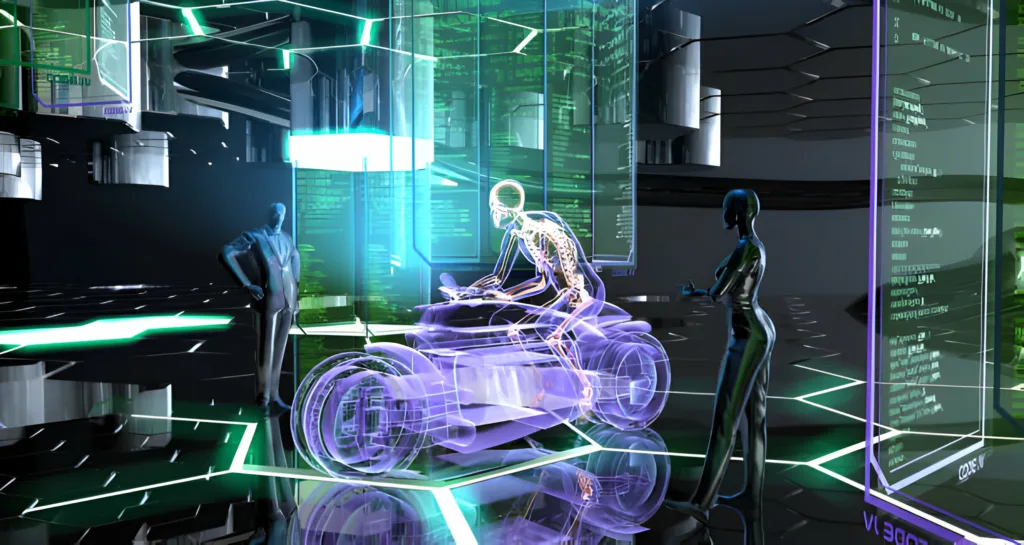
Introduction:
Motorcycles have long been a symbol of freedom, adventure, and the open road. Over the decades, motorcycle design has evolved significantly, reflecting changes in technology, engineering, and the ever-evolving tastes of riders. From classic cruisers to sleek sport bikes, the transformation of motorcycle design has been a captivating journey. In this blog, we will take a nostalgic ride through time and explore the evolution of motorcycle design, from classic to modern.
Classic Era: Elegance and Simplicity
In the early days of motorcycles, design was driven by functionality and simplicity. Classic motorcycles, such as the iconic Harley-Davidson models, featured long, sweeping lines, exposed engines, and a prominent front end. These bikes exuded a sense of elegance and raw power, with their large, round headlights, wire-spoke wheels, and leather seats. Classic motorcycles were characterized by their heavy frames, air-cooled engines, and a focus on comfort over speed.
Café Racer Revolution: Speed and Style
In the 1950s and ’60s, a new wave of motorcycle design emerged with the rise of café racers. Inspired by the desire for speed and style, café racers were stripped-down, lightweight motorcycles customized for quick acceleration and nimble handling. These bikes featured low-slung handlebars, elongated fuel tanks, and rear-set footpegs for a sporty riding position. The emphasis was on minimalism, with streamlined fairings and a distinctive single-seat design. Café racers set the stage for a new era of motorcycle design that prioritized performance and aesthetics.
Japanese Invasion: Innovation and Performance
The 1970s witnessed a seismic shift in the motorcycle industry with the introduction of high-performance Japanese motorcycles. Brands like Honda, Yamaha, and Kawasaki revolutionized the market with their cutting-edge technology and exceptional performance. Japanese motorcycles featured inline-four engines, disc brakes, and advanced suspension systems. Design-wise, they embraced a more angular and aggressive aesthetic, with sharp lines, fairings, and futuristic styling. These bikes represented a fusion of form and function, capturing the spirit of speed and innovation.
Custom Culture: Individualism and Personalization
As the motorcycle industry continued to evolve, a new trend emerged in the form of custom motorcycles. Customization allowed riders to express their individuality and create unique machines that reflected their personalities. Choppers, bobbers, and custom cruisers became popular, featuring extended forks, custom paint jobs, and unique accessories. Design took on a more personalized approach, with an emphasis on creativity, craftsmanship, and pushing the boundaries of traditional motorcycle design.
Modern Era: Technology and Integration
In recent years, motorcycle design has embraced the integration of technology and advanced engineering. Modern motorcycles are equipped with sophisticated electronics, including ride-by-wire throttles, traction control, and multiple riding modes. Design-wise, motorcycles have become more aerodynamic, with sleek lines, LED headlights, and digital instrument clusters. Lightweight materials, such as aluminum and carbon fiber, have replaced traditional steel frames, resulting in improved performance and handling. Modern motorcycles strike a balance between innovation, safety, and aesthetic appeal, catering to a broad range of riders.
Conclusion:
The evolution of motorcycle design has been a fascinating journey, reflecting the changing demands and tastes of riders. From the elegance of classic motorcycles to the speed-driven café racers, the industry has continuously pushed the boundaries of engineering and aesthetics. The Japanese invasion brought forth technological advancements, while the custom culture allowed for personalization and creativity. Today, modern motorcycles blend cutting-edge technology with sleek design, catering to riders seeking performance, safety, and style. As motorcycle design continues to evolve, one thing remains constant—the passion and thrill of the open road.

